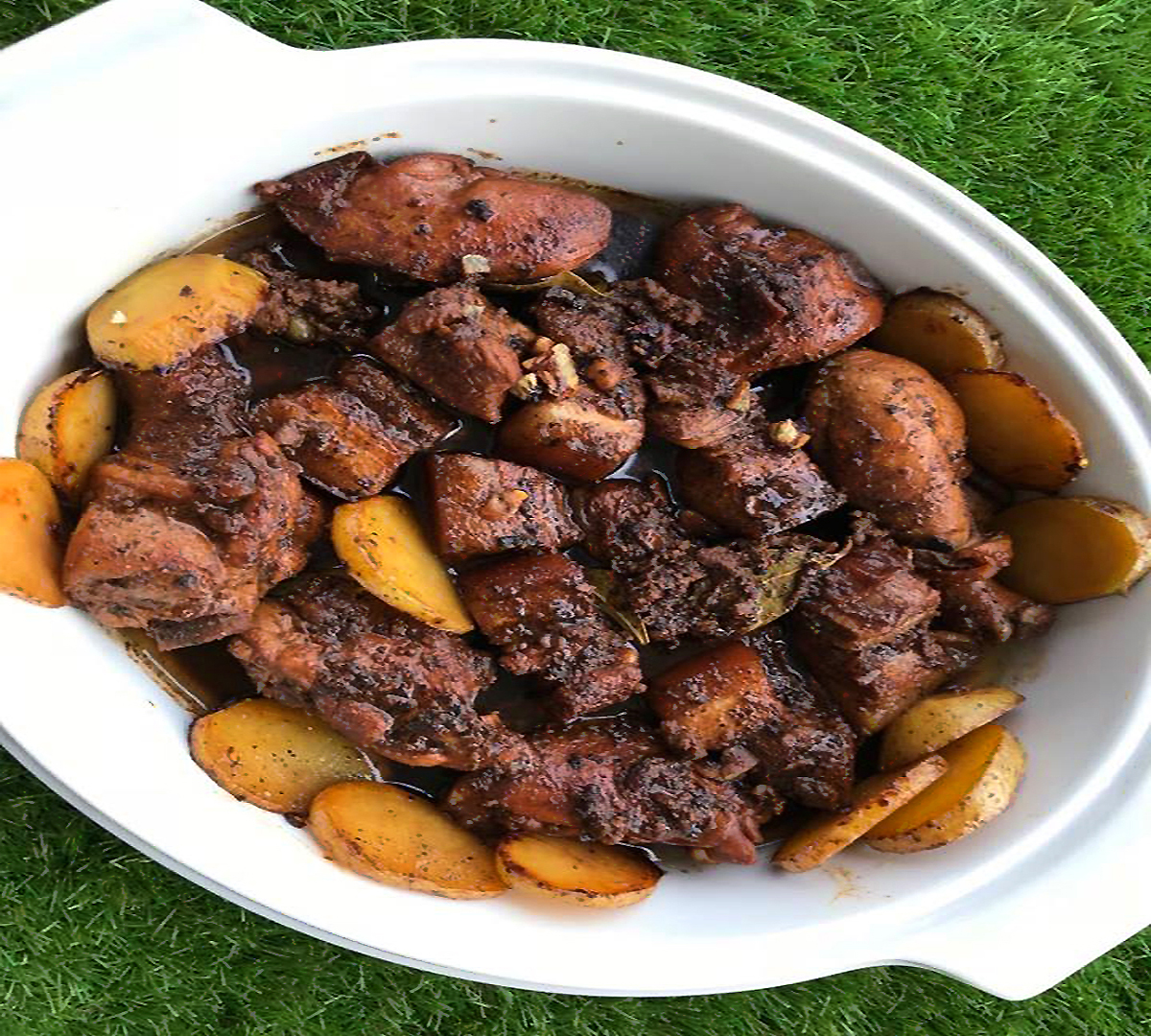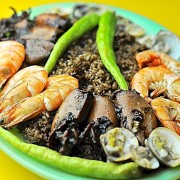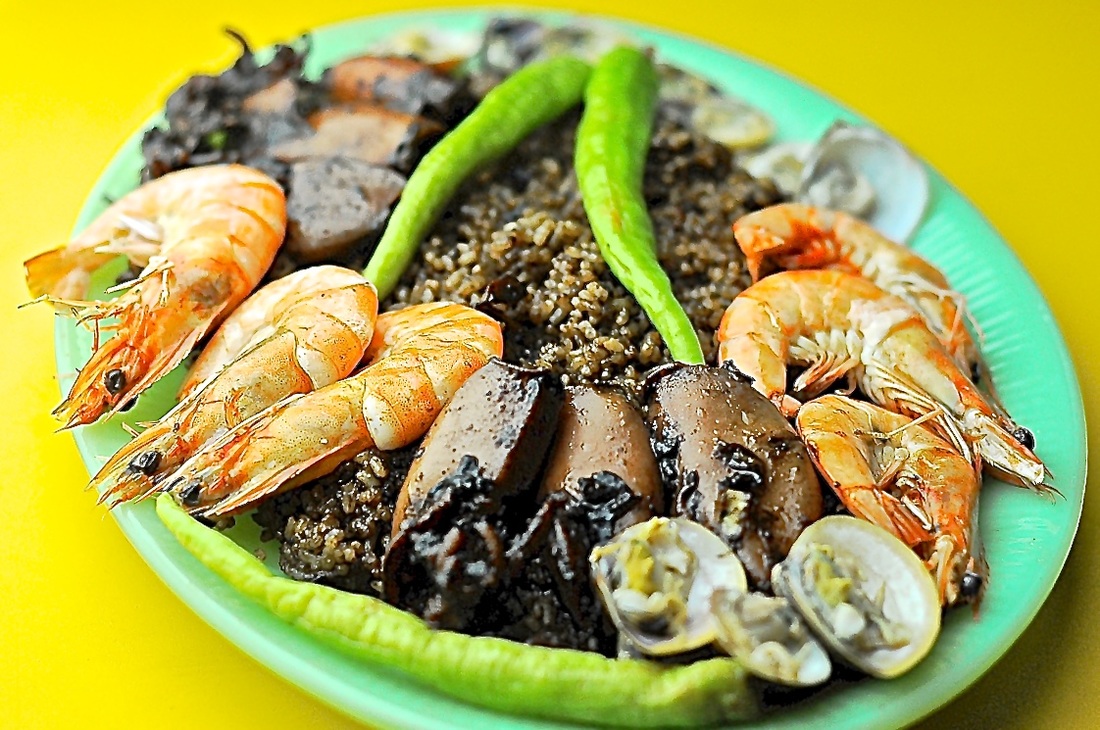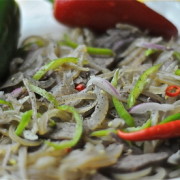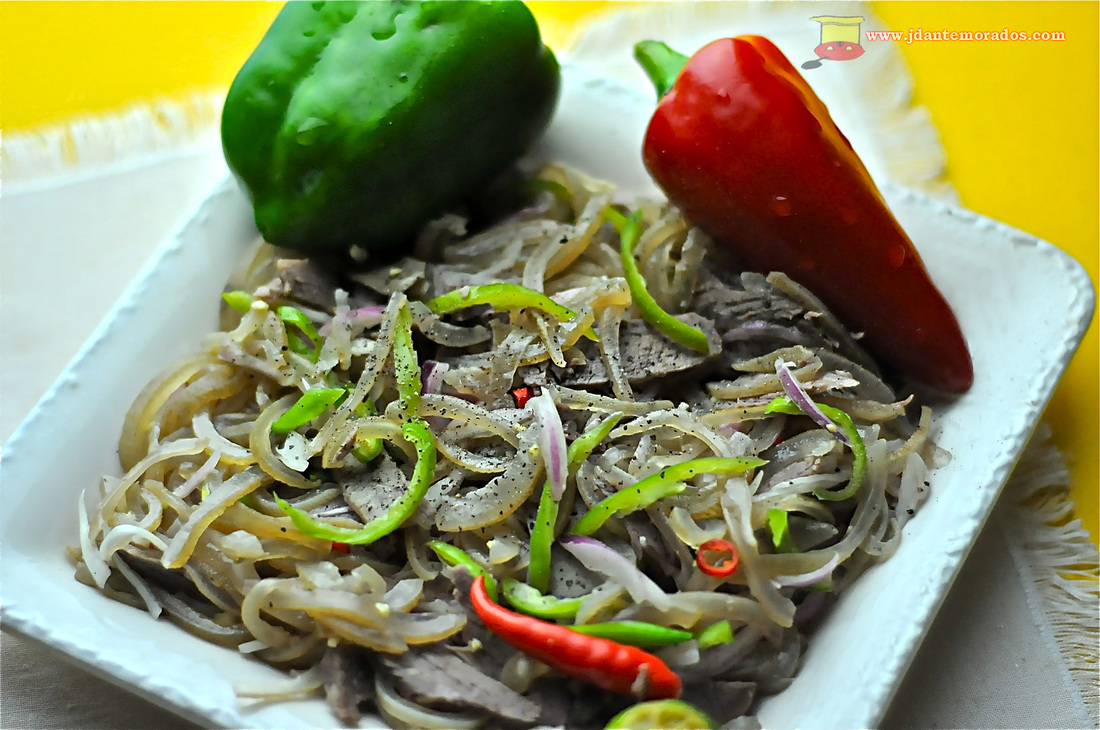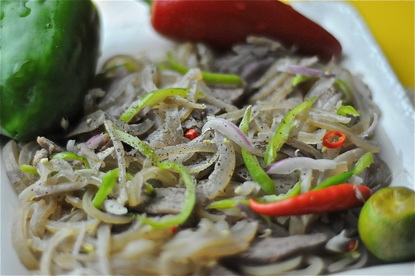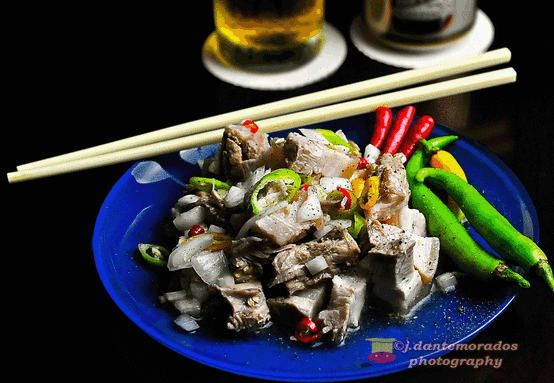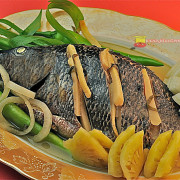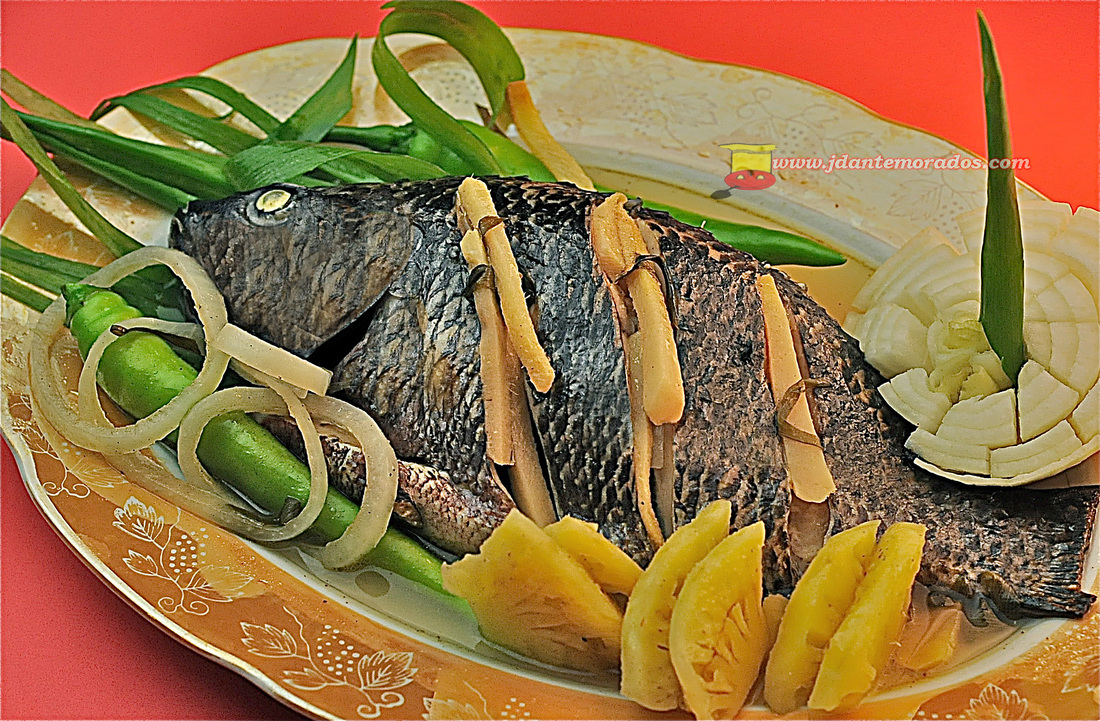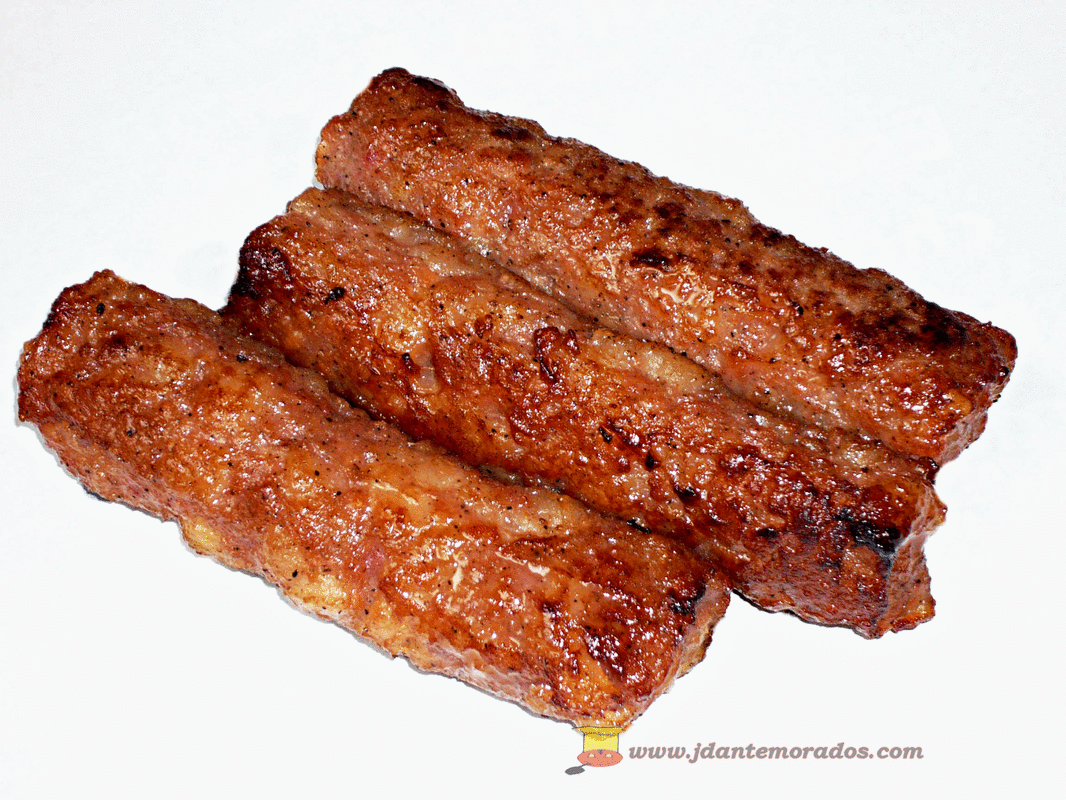“ADOBO”
ADOBO
(THE TECHNOLOGICAL PREP WAY)
Innovated to simple but penetrating taste and aroma.
A Spanish-Pilipino centerpiece loved by many.
Smell, alone, while sautéing tickles your palate.
Some folks claim the longer this dish stays in ref, its reheated outcome
becomes even more delish.
So, why not make more?
Prep time: 45 minutes
Cook time: 45 minutes
Total time: 1 hour 30 minutes
Serves: 5
Prep and Cooking media: individual setting aside plates, suitable pan
INGREDIENTS:
500 grams (1/2 kilo) 2×2” thick-skinless sliced pork belly
500 grams combination chicken thighs and drumsticks
250 grams chicken liver
2 potatoes (rind-in or rind-less) fully cleaned thinly sliced
3 pieces bay leaves
3 grams fine salt
2 grams sugar
4 grams freshly crushed black pepper
8 cloves garlic crushed-sliced
70 ml. soy sauce (on this, some soy sauces are manufactured too salty. Check
and adjust to preference)
30 ml. cane vinegar
OPTIONAL 2 grams fine MSG
100 ml palm oil (or palm olein)
300 ml. water
PROCEDURES:
1. In medium, heat ½ of oil. Sauté garlic a bit till light brown.
2. Add in pork and chicken slices and tumble for about 5 minutes.
3. Pour in bay leaves and chicken liver, toss together with meat combi for 3 minutes.
4. Remove liver and in suitable bowl fully mash with spoon.
5. Pour in sliced potatoes, tumble with meat till brown. Scoop out. Set aside.
6. Add back liver, a bit of oil again, pepper, salt, sugar and ½ of soy sauce. Continue active tumbling for 3
minutes. This system will let full flavor of ingredients penetrate deeply into meat flesh.
7. Pour in water and vinegar to boil and tenderize meat combi. Let boil until desired bite-feel of meat is
attained. Add more water if warranted.
8. Once preferred bite is reached, add in the rest of soy sauce and oil’s other half. Toss and tumble well.
9. SCOOP UP in serving dish and garnish with fried potatoes on side.
DISCLAIMER: Above are test kitchen and household-produced dishes. All ingredients utilized are of food grade quality passing international and domestic sanitary standards. While we find the results highly acceptable, no guarantee nor explicit assurance is hereby issued when recipe is performed by readers. For one, although of similar breed, spices, herbs and other ingredients vary from country to country/region to region that possibility of affecting end taste, aroma & bite-feel is great. Further thereto, mentioned sensory evaluation (aroma, taste, mouth-feel) is subjective.



